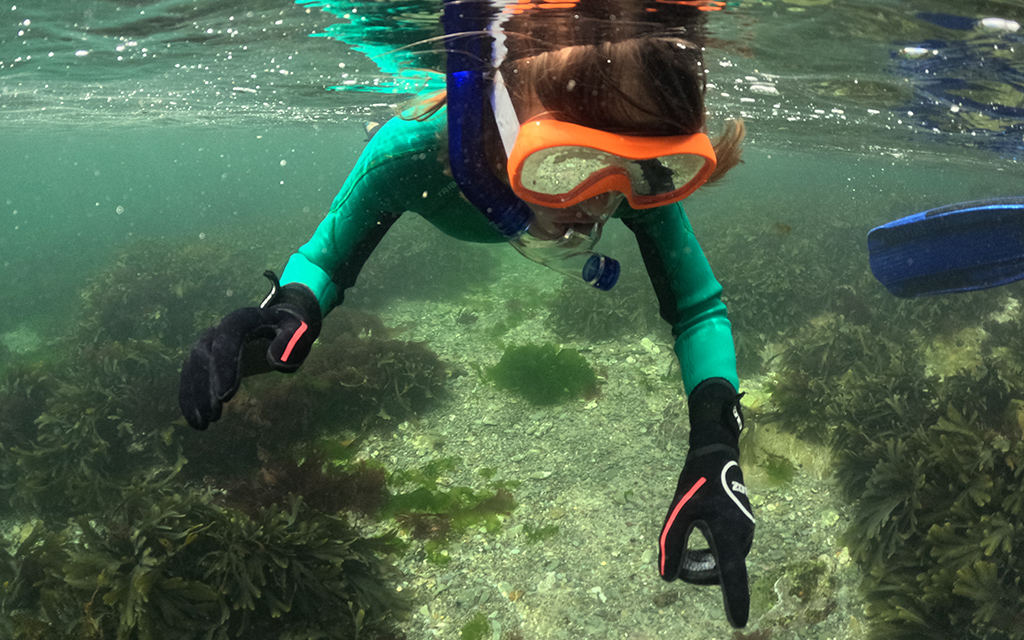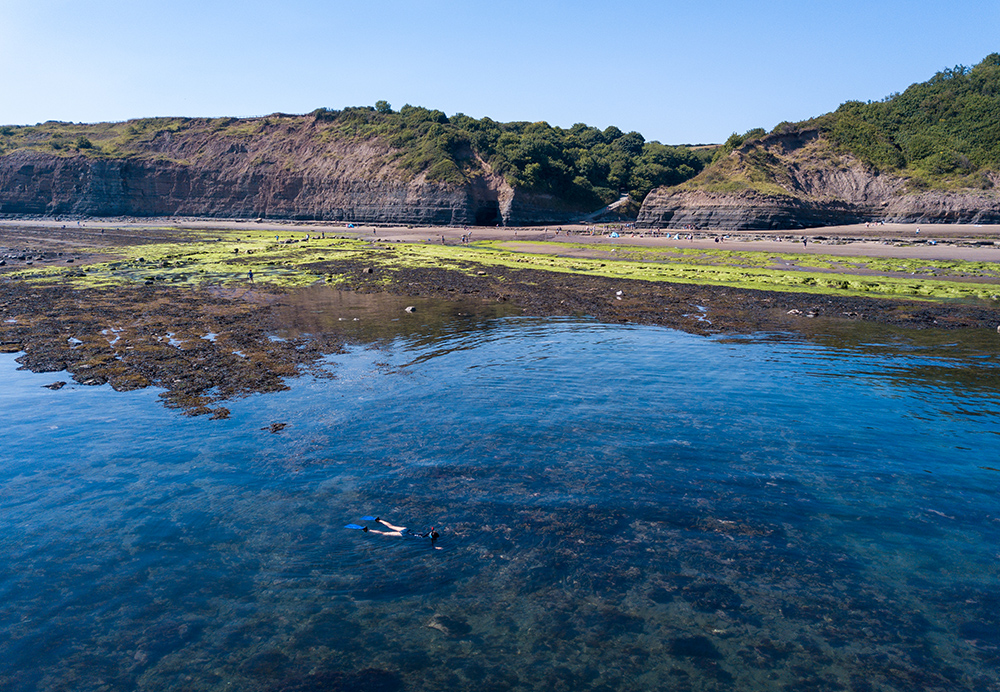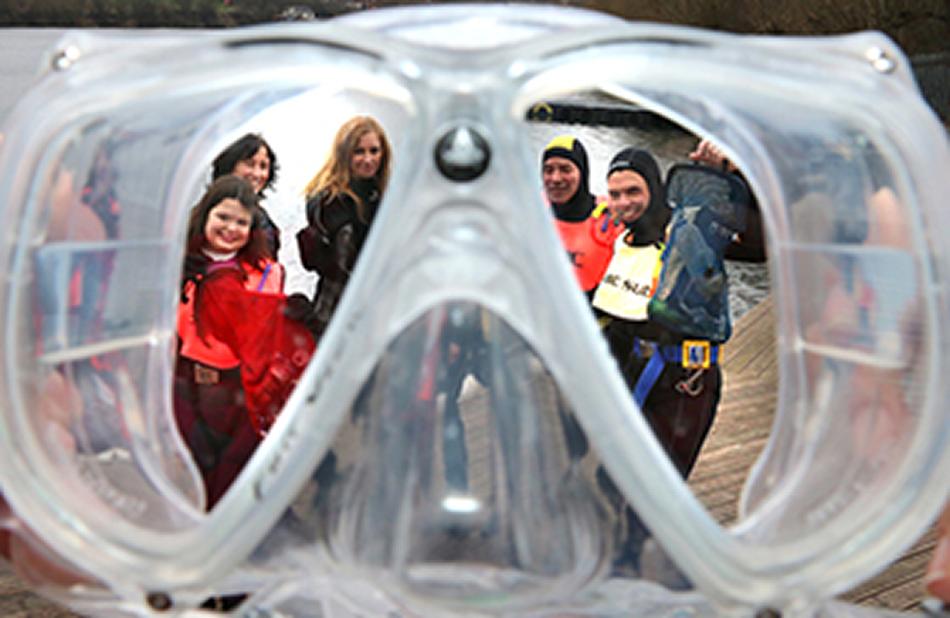
Photo credit: Emma and Gordon Taylor/Snorkelology
Andy Torbet catches up with the UK’s progress on snorkelling trails, the very topic that inspired him to promote the humble tube.
Although it’s my more extreme forms of diving that helped me make a career in the media, the humble snorkel has inspired the most people to start exploring below the surface.
When communicating with the non-diving public, tales of 100 metre cave dives may be great entertainment, but it’s just not practical when it comes to people wanting to take their first step into underwater exploration. When I set out to communicate with the public, I needed to show people something they could aspire to doing tomorrow. I didn’t particularly feel the need to create new divers, although snorkelling can be a gateway experience to scuba diving.
My main goal was to just get as many people as possible to stick their heads under water and see what’s there. I was confident they’d be sufficiently impressed, even if they didn’t take up the sport full time, to at the very least acknowledge that their world does not end at the waterline. They might even begin to care more about the sub-surface world.
As well as offering a snapshot of what can be seen around the British coast, I try to offer practical advice about where to start.
Literally. Actual locations that I know are safe and satisfying for the complete novice. And the best example I had, when this all started, was a single snorkel trail.
Numbered buoys marked each area, so snorkellers could swim between them referring to their laminated guides to explain what they were looking at
Back in 2011 when I started my Britain By Snorkel project, I visited Kimmeridge Bay in Dorset. The local Wildlife Trust had a novel idea of setting up a snorkel trail to encourage visitors to experience the underwater natural spectacle. The site was chosen because the bay is extremely sheltered and shallow, with easy access making it perfect for beginners.
The little hut on the beach hired out a mask and snorkel, you could buy a waterproof guide complete with trail maps and species guide for the different habitats that you’d snorkel over. Numbered buoys marked each area, so snorkellers could swim between them referring to their laminated guides to explain what they were looking at.

Scotland was the next region to run with the snorkel trail idea. And run with it they did. The Scottish Wildlife Trust used some of the wildest and most captivating of Scotland’s coastline to draw people into the sea. By my reckoning Scotland now has 78 snorkel trail sites spread across locations such as Berwick, Arran, Orkney, Lochaber, the Moray Firth, the Hebrides and West Highlands.
Each area has a downloadable guide with map, description and wildlife-spotting guide. Guides to all areas are available from The Scottish Wildlife Trust website, along with information on Safe Snorkelling and links to BSAC’s own snorkelling information.
Wales, although full of incredible shore sites that are perfect for snorkelling does not, as yet, have any formally designated snorkel trails. Likewise Northern Ireland has not created any specific routes for snorkellers to follow. However, they have drawn up guidelines for the creation of snorkel trails with information on suitable length, depth, entrance/egress and grading sites for beginners, intermediates and advanced snorkellers. So, I hope to see some progress over the Irish Sea soon.
Go snorkelling!
Learn more on snorkelling with BSAC. Looking to introduce snorkelling into your club? Find out more at bsac.com/snorkellinginstructor
Article ‘Trails of life’ by Any Torbet first published in SCUBA magazine, Issue 155 May 2025. Images in this online version may have been substituted from the original images in SCUBA magazine due to usage rights.




